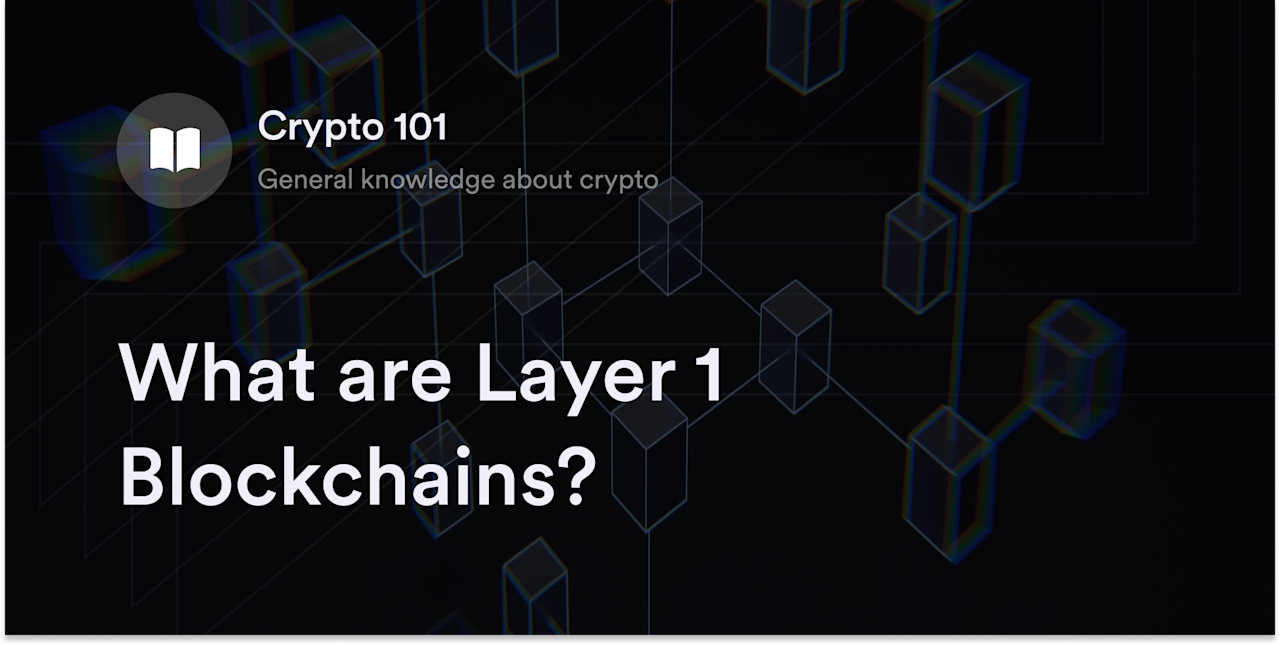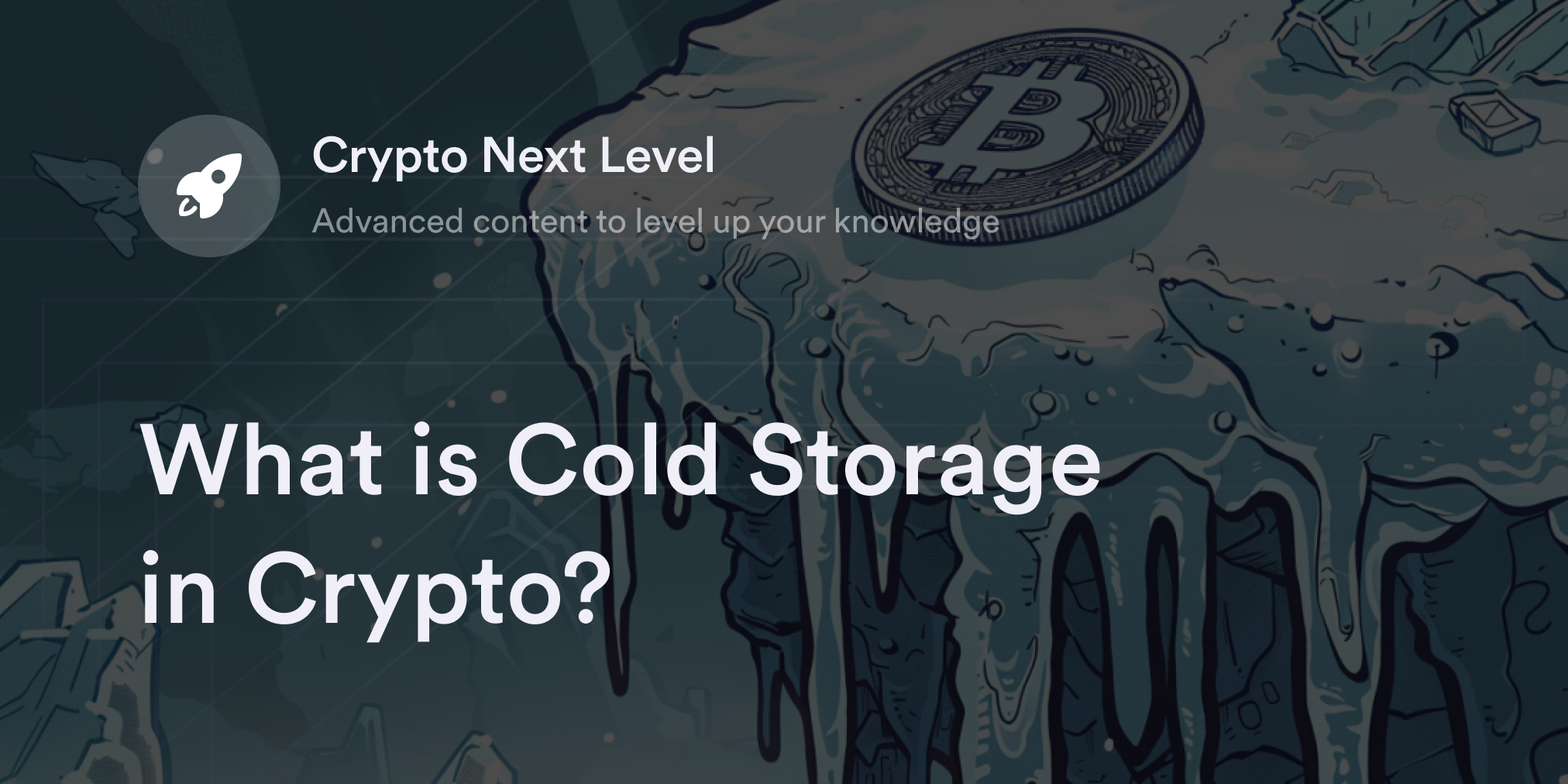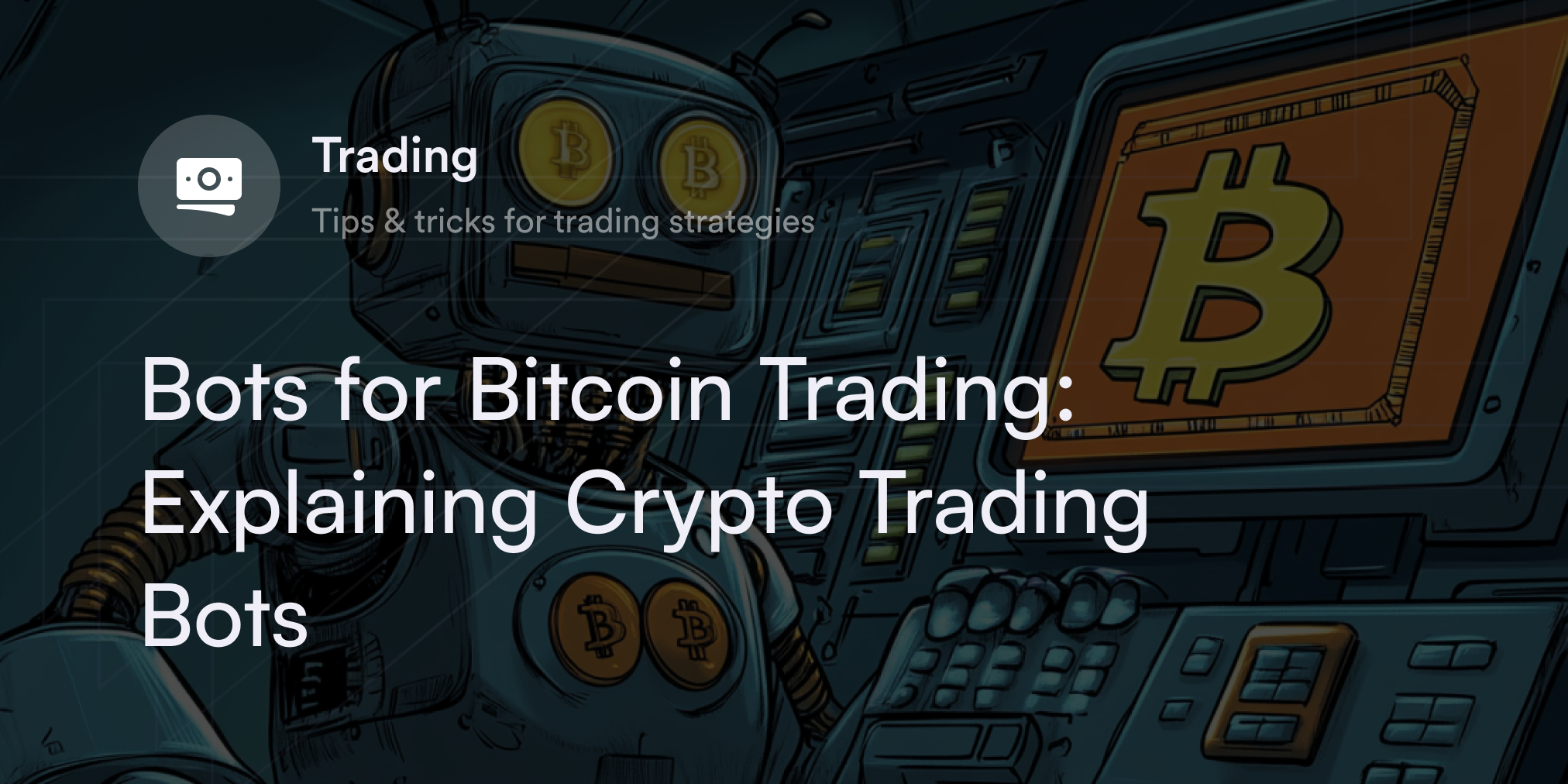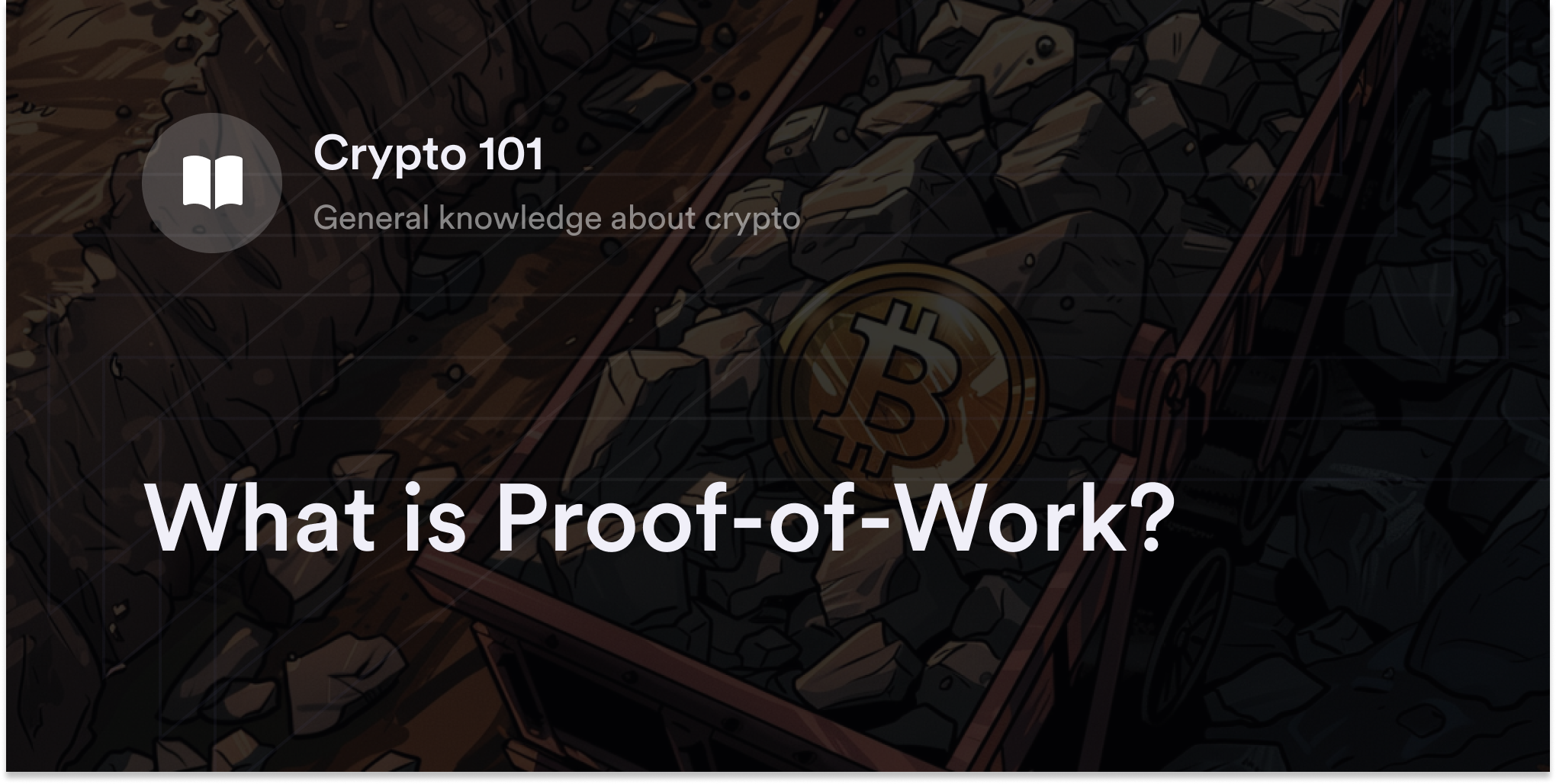
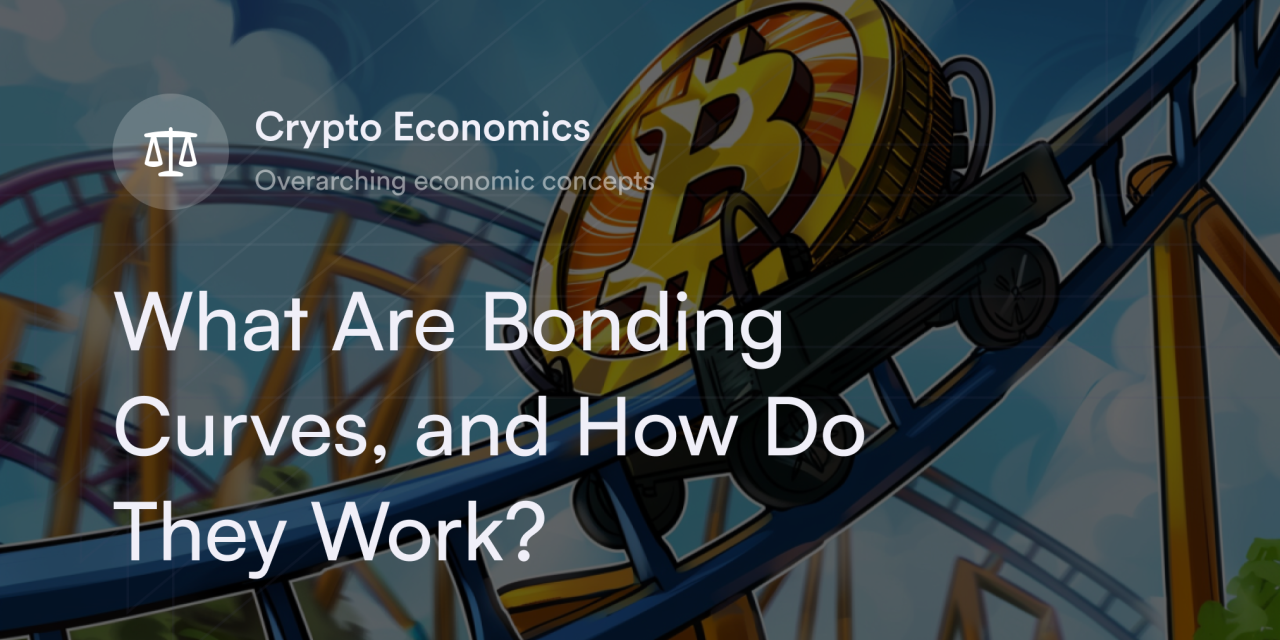

There’s an ongoing relationship between a cryptocurrency’s supply and market value. And because digital assets undergo drastic price swings, they have to rely heavily on mechanisms that stabilize and rationalize market dynamics.
Enter bonding curves, a concept that stands at the forefront of decentralized finance (DeFi) and blockchain technology. These mathematical models establish a direct correlation between the supply of a cryptocurrency and its price.
In this guide, we’ll review the ins and outs of bonding curves, including how they function, their various types, and their significance in cryptocurrency.
What is a bonding curve?
A bonding curve is a mathematical concept that manages the pricing of cryptocurrencies or tokens based on their supply. The curve is predefined and algorithmically governed, ensuring the token price increases or decreases predictably with each purchase or sale.
Here are a few key functions:
Token price determination: Bonding curves are instrumental in setting the price of tokens in a decentralized manner. The curve model automatically adjusts the token price based on the available supply and demand.
Liquidity: In automated market makers (AMMs) like Uniswap, bonding curves facilitate continuous liquidity in the market, meaning tokens can be bought and sold at any time without the need for a traditional buyer or seller on the other end. This feature is crucial in DeFi, where liquidity can otherwise be a major challenge.
Fair distribution: Bonding curves use a predefined mathematical formula to offer a transparent and equitable distribution of bonded tokens, aligning with the participation level of traders in the ecosystem.
How do bonding curves work?
A bonding curve’s core principle is straightforward: As the demand for a token increases (i.e., more tokens are bought), the price gradually rises according to the curve. Conversely, when tokens are sold, the price typically decreases. This relationship is algorithmically governed, ensuring a predictable and automated response to changes in supply and demand.
The curve can take various shapes––such as linear, exponential, or logarithmic––each shaping the token's economy differently. For example, in an exponential bonding curve, the price increases sharply with each additional token purchased, which could incentivize early investment and rapid growth.
To illustrate further, imagine a project that issues a new cryptocurrency using a bonding curve. When the first token is bought, the price might be relatively low due to the high supply.
As more traders buy in, the supply decreases and the price climbs along the curve.
This automated system ensures liquidity, as tokens can always be bought or sold at a price determined by the curve without needing a traditional buyer or seller on the other end. For example, if the project uses an exponential curve, early buyers will find the tokens cheaper. And as more people buy in, later buyers will face higher prices, reflecting the increased demand and decreased supply.
Real-world implications and case studies
Bonding curves have been instrumental in various successful crypto projects, fundamentally shaping token economics.
For example, projects like Bancor, the creator of bonding curves, leverage these curves to create continuous liquidity and stable token pricing. The project, through bonding curves, enabled users to convert tokens directly through the smart contract without needing a counterparty.
Other projects also use bonding curves to manage initial token distributions, balancing investor incentives with market demand.
These real-world applications highlight token bonding curves' ability to create more democratic and efficient markets, offering insights into how they influence trader behavior and overall market health.
Evolution of bonding curves
Bonding curves originated from theoretical models in economics and game theory. Author and Untitled Frontier founder Simon de la Rouviere initially conceptualized bonding curves to model supply-demand dynamics. He then adapted them into the crypto space to address unique challenges like token distribution and liquidity.
With the growth of DeFi, bonding curves underwent significant innovations and variations. Developers crafted different types of curves to meet diverse needs, ranging from encouraging long-term holding to stabilizing price growth. Their integration into various DeFi protocols, including AMMs and decentralized exchanges (DEXs), showcased their versatility.
Today, the exploration continues, with ongoing research into more efficient and user-friendly models and expanding applications in areas like non-fungible tokens (NFTs) and decentralized autonomous organizations (DAOs). This ongoing evolution highlights the potential of bonding curves to shape and enhance economic models in the decentralized digital world.
What are the different types of bonding curve structures?
Bonding curves come in various shapes and forms, each designed to suit different economic models and objectives in the blockchain and DeFi ecosystems. The type of bonding curve chosen for a project can significantly influence the behavior of the token market, affecting aspects like price volatility, trader incentives, and overall market stability.
From encouraging early adoption to stabilizing long-term growth, the diversity in bonding curve types facilitates tailored economic strategies. Here are four types of bonding curves:
Linear (non-increasing): This is the simplest form of bonding curve, where a token’s price remains constant or decreases gradually with each subsequent sale. This type is ideal for stable markets, providing predictability and less volatility.
Negative exponential: Here, the token price decreases exponentially. Initial coin offerings (ICOs) often use this curve to reward early traders with lower prices, creating an incentive for quick adoption.
Sigmoid curve: The sigmoid curve starts flat, increases sharply in the middle, and then flattens again. With its characteristic "S" shape, it's useful for projects aiming for gradual adoption initially, a period of rapid growth, and then stability as the market matures.
Quadratic: This type features a more aggressive pricing strategy, where the price increases at a quadratic rate as more tokens are sold. It's designed to encourage early participation and investment, as latecomers face higher costs.
Expanding the horizon: Customizable curves for applications
Bonding curves’ adaptability allows developers and economists to design curves that align precisely with their project's objectives––whether to control inflation, encourage certain buying behaviors, or manage liquidity. The flexibility to tailor bonding curves means that they can be fine-tuned to the unique dynamics of each project, offering a bespoke solution to the challenges of token economics.
Beyond the standard types, there are more specialized bonding curves, each with distinct characteristics and purposes:
Variable Rate Gradual Dutch Auction (VRGDA)
VRGDA is a unique type of bonding curve designed for auction scenarios.
In this model, a token’s price decreases over time, but the rate of decrease can vary based on predefined conditions or market dynamics.
This type of curve is beneficial for initial token distributions, allowing for a fairer and more balanced price discovery process.
Augmented bonding curve
An augmented bonding curve integrates both investment and donation models, typically used in DAOs.
It usually starts with a steep curve to incentivize early investment and then flattens out to encourage long-term stability and community participation.
This model determines the token price and often includes mechanisms for reinvesting in the community or project, fostering a sustainable ecosystem.
Future of bonding curves
As DeFi matures, bonding curves are poised to undergo significant transformations. Developments may include more complex, artificial intelligence-driven curves that can dynamically adjust to market conditions or hybrid models combining features of existing curves for more optimized outcomes.
There's also potential for broader applications beyond token pricing, like NFT bonding curve models for valuing unique digital assets in emerging markets.
These advancements will likely shape the next wave of innovation in DeFi, making bonding curves an area of continued interest for developers, traders, and researchers in the blockchain community.
How do bonding curves differ from traditional financial models?
Bonding curves in DeFi represent a significant departure from the mechanisms used in traditional financial systems like stock markets and banking. This innovative approach in DeFi contrasts sharply with the established norms in conventional finance.
Here's a look at the fundamental distinctions:
Pricing mechanism: Traditional markets are driven by external factors and human intervention, whereas bonding curves use automated algorithms for more predictable and transparent pricing.
Intermediary role: In traditional finance, intermediaries like brokers are common, but DeFi's bonding curves enable direct, decentralized interactions, removing the need for central authorities.
Market influence: Factors like economic indicators and policy changes heavily influence traditional finance, while bonding curves operate within predetermined mathematical parameters, making them less susceptible to such externalities.
Decentralization: Traditional financial models are typically centralized, which can lead to opacity. Bonding curves, on the other hand, offer a decentralized framework, enhancing transparency and user autonomy.
Adaptability: Traditional financial systems are often rigid and slow to evolve. In contrast, bonding curves in DeFi are adaptable and easily customized to meet specific project requirements or market conditions.
Upgrade your DeFi knowledge with dYdX Academy
Looking to get instant updates about advancements in DeFi? Head to dYdX Academy for a wealth of easy-to-comprehend guides on all things crypto.
Also, dYdX offers a premier DeFi decentralized exchange to give eligible traders access to perpetual swaps and a seamless trading experience. Learn more about dYdX and our vast suite of features on our official blog, and eligible traders can start trading on dYdX today.
Disclosures
The content of this article (the “Article”) is provided for general informational purposes only. Reference to any specific strategy, technique, product, service, or entity does not constitute an endorsement or recommendation by dYdX Trading Inc., or any affiliate, agent, or representative thereof (“dYdX”). Use of strategies, techniques, products or services referenced in this Article may involve material risks, including the risk of financial losses arising from the volatility, operational loss, or nonconsensual liquidation of digital assets. The content of this Article does not constitute, and should not be considered, construed, or relied upon as, financial advice, legal advice, tax advice, investment advice, or advice of any other nature; and the content of this Article is not an offer, solicitation or call to action to make any investment, or purchase any crypto asset, of any kind. dYdX makes no representation, assurance or guarantee as to the accuracy, completeness, timeliness, suitability, or validity of any information in this Article or any third-party website that may be linked to it. You are solely responsible for conducting independent research, performing due diligence, and/or seeking advice from a professional advisor prior to taking any financial, tax, legal, or investment action.
You may only use the dYdX Services in compliance with the dYdX Terms of Use available here, including the geographic restrictions therein.
Any applicable sponsorship in connection with this Article will be disclosed, and any reference to a sponsor in this Article is for disclosure purposes, or informational in nature, and in any event is not a call to action to make an investment, acquire a service or product, or purchase crypto assets. This Article does not offer the purchase or sale of any financial instruments or related services.
By accessing this Article and taking any action in connection with the information contained in this Article, you agree that dYdX is not responsible, directly or indirectly, for any errors, omissions, or delays related to this Article, or any damage, injury, or loss incurred in connection with use of or reliance on the content of this Article, including any specific strategy, technique, product, service, or entity that may be referenced in the Article.

